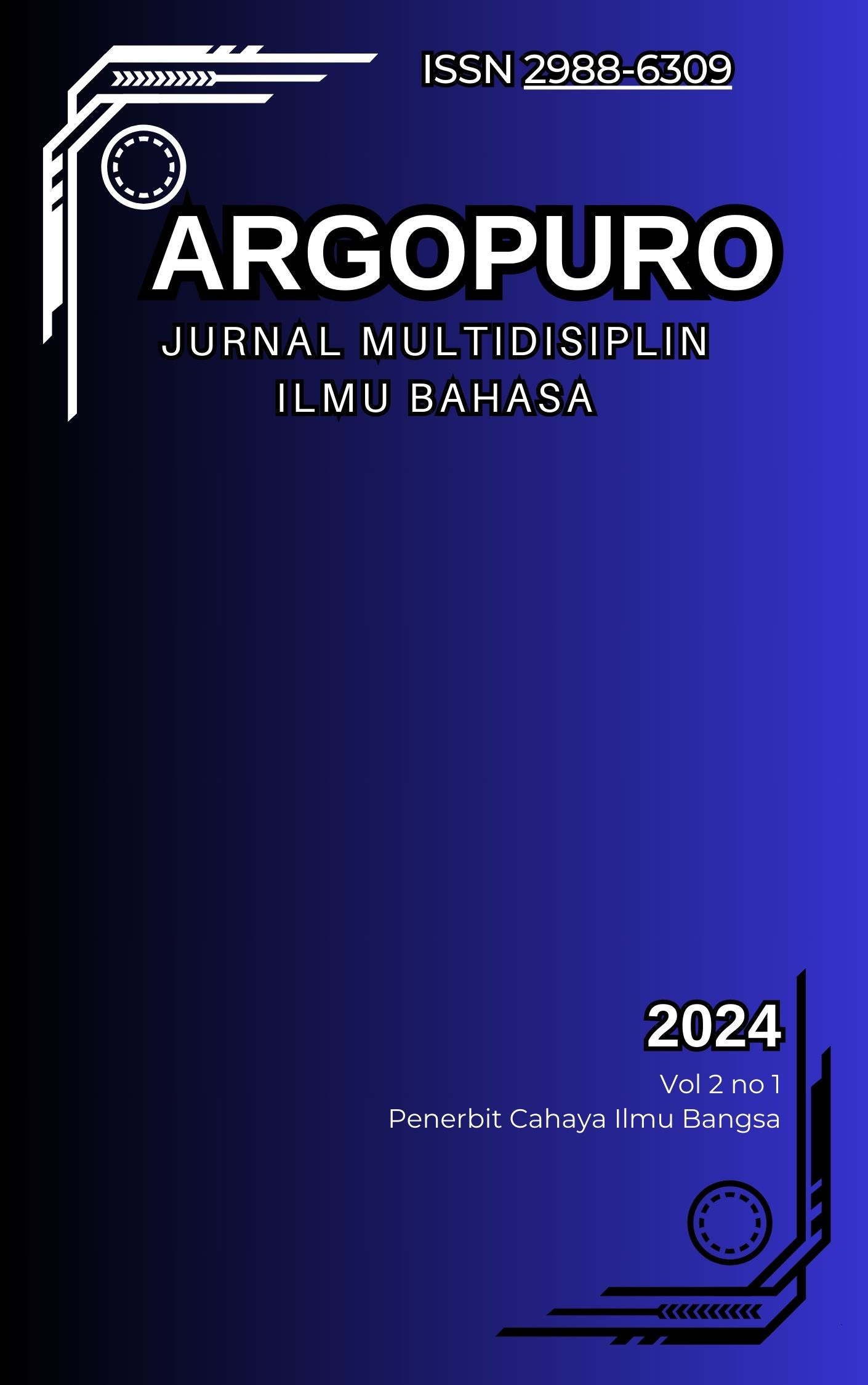ANALISIS MAKNA PUISI "TUHAN, KITA BEGITU DEKAT" KARYA ABDUL HADI WM DENGAN MENGGUNAKAN SEMIOTIK
Main Article Content
Abstract
This research aims to analyze the meaning of the poem "God, We Are
So Close" by Abdul Hadi W.M. using a semiotic approach. This
poem was chosen because it contains strong religious and Sufistic
symbols, and represents the spiritual relationship between humans
and God in depth. Roland Barthes' semiotic approach is used in this
research, focusing on two levels of meaning: denotative and
connotative. Through the identification and interpretation of
linguistic signs in poetry, it is found that this poetry builds the
meaning of existential closeness between humans and God through
metaphors such as "fire and heat" and "wind and air", which
symbolically depict the unity of nature in the Sufistic tradition. The
results of the analysis show that the meaning of poetry is not only
implied in layers of literal language, but also contains cultural and
spiritual myths that enrich the reader's understanding of
transcendental values. Thus, the semiotic approach allows the
expression of the deeper meaning of poetry, both philosophical and
religious.
